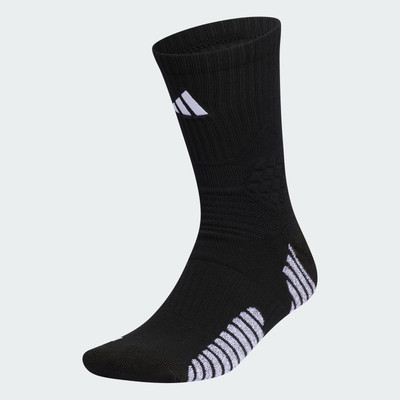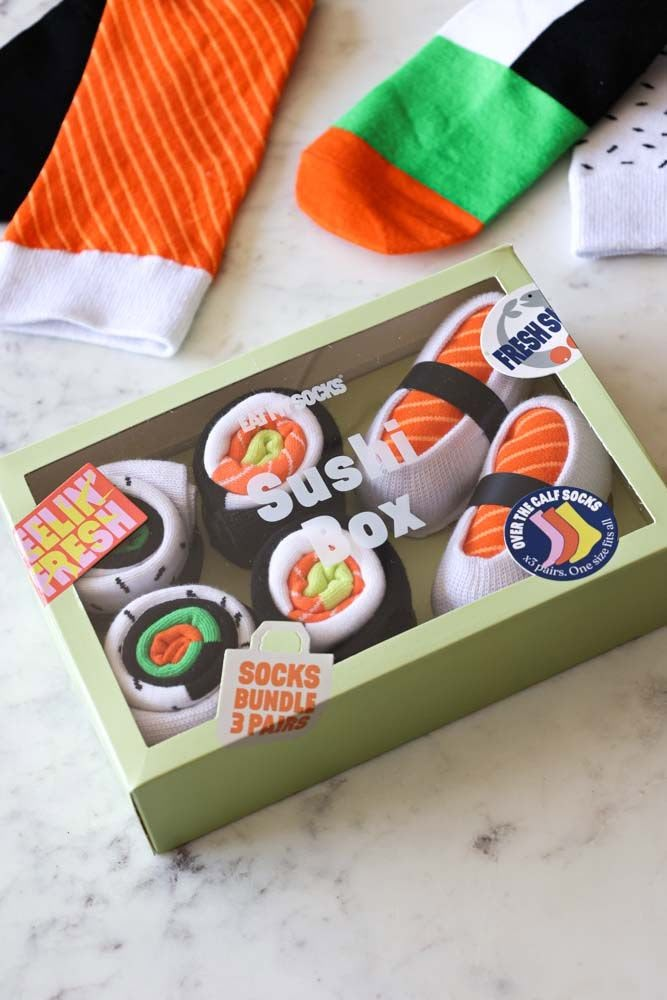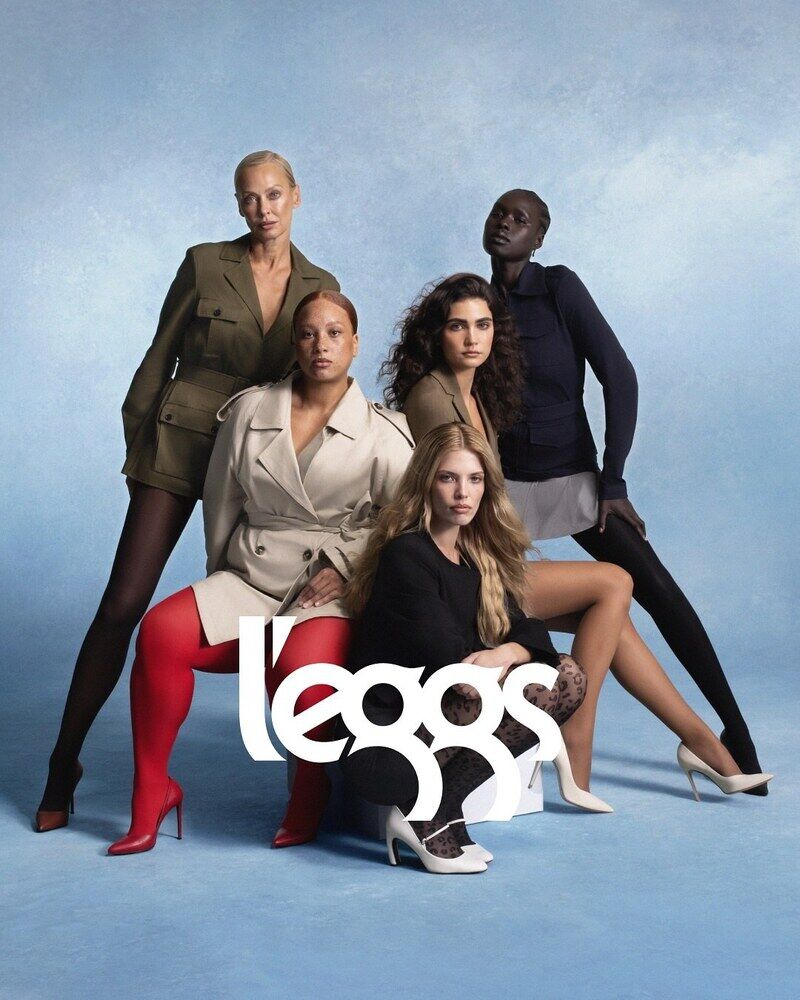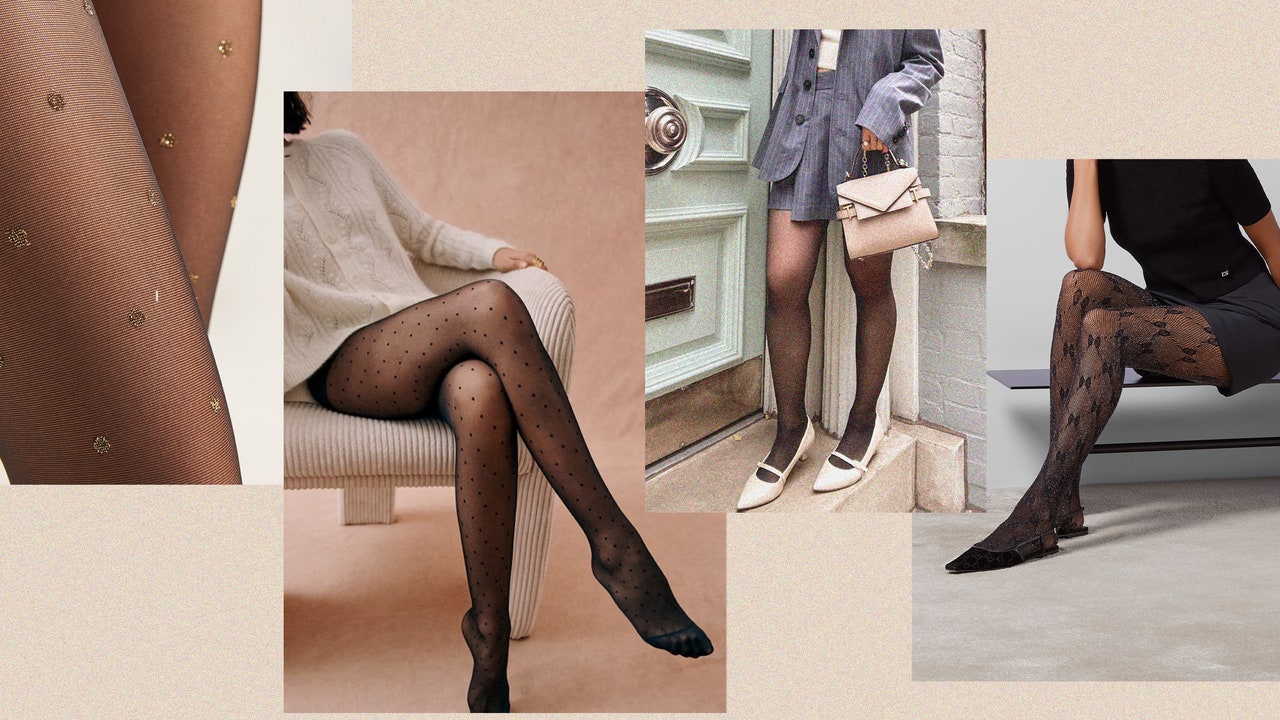How Joe Namath’s pantyhose commercial changed an industry
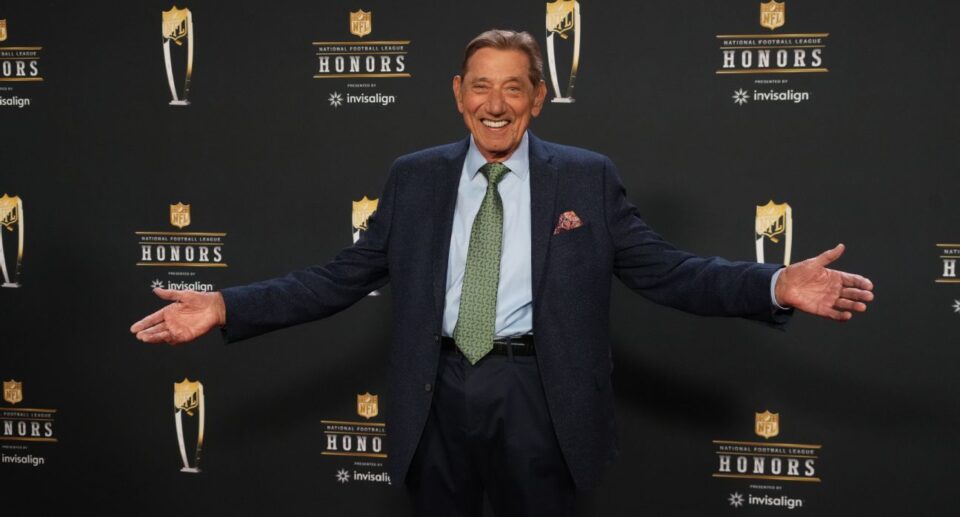
FIFTY YEARS AGO, Joe Namath was in the backseat of a limousine, riding down Park Avenue on his way to film a TV commercial at a Manhattan studio. He was one of the most recognizable athletes in America — a Super Bowl MVP, a movie star and a prolific pitchman. He had appeared in dozens of commercials, endorsing everything from shaving cream to popcorn makers to typewriters.
On that day in 1974, he was accompanied by his attorney, Jimmy Walsh, a close friend from their college days at Alabama. He was — and still is — Namath’s consigliere, fiercely protective of the “Broadway Joe” brand. Suddenly, in the backseat of the limo, Walsh was hit with a wave of trepidation.
“I’m sitting there, thinking, ‘Man, this could be a real problem,'” Walsh recalled. “I thought Joe was going to say, ‘What the hell did you get me into?'”
This was no popcorn commercial.
Namath had agreed to model Hanes Beautymist Pantyhose, which meant slipping his legs — famously ravaged by football injuries and multiple surgeries on both knees — into a pair of silky stockings for a 30-second spot. Now it was Walsh’s duty to inform his client that he’d first have to shave his legs, and he wasn’t sure how that would be received by the 31-year-old quarterback.
Namath burst out laughing.
A half-century later, he still is.
“It was a job, it was work, and it was a fun commercial to do,” the former New York Jets quarterback told ESPN, noting that he told Walsh that day — and everybody who asked — that he didn’t mind shaving his legs because he did it all the time before taping his ankles and knees for football.
The commercial made headlines and impacted the way athletes market themselves. Arnold Schwarzenegger, inspired by the commercial as a young bodybuilder looking to raise his profile, will vouch for that. So will current Jets quarterback Aaron Rodgers, who saw Namath as a trailblazer.
THE CAMERA STARTS at a pair of bare feet and pans slowly up two legs in silky pantyhose. A woman’s voiceover says: “This commercial will prove to the women of America that Beautymist pantyhose can make any legs look like a million dollars.”
As the camera continues to pan up, it’s revealed that Namath is wearing the pantyhose, smiling that Broadway smile with his dimples. Lying on his side, he’s wearing green satin shorts and his famous No. 12 jersey, holding a small package of the product (sale price: $1.69).
“Now, I don’t wear pantyhose … ” he starts off saying.
Fifty years later, he finished the sentence.
“But if Beautymist can make my legs look good,” he said by phone, “imagine what they’ll do for yours.”
Namath laughed.
“Look, I still remember the line,” he said proudly.
The spot ends with Namath’s face in an inset, with the voiceover saying, “Somehow, everything looks better through Beautymist.” Looking at the camera, Namath adds, “Especially your legs.” With that, he receives a kiss on the cheek from a woman.
Initially, Namath wasn’t happy with it.
“I probably would’ve done it another way if they gave me another chance or 10 or whatever,” Namath said. “We did some different takes, but they chose it. They chose that one. They knew what they were doing better than I did.”
Namath said he agreed to do the commercial because Hanes is a reputable company, and the concept — meaning the dialogue and staging — was “funny.” It also was “a good pay day.” He couldn’t remember how much he was paid for the gig — neither could Walsh — but it was believed to be $100,000 for the one-day shoot. Remember, this was 1974.
His appreciation for the commercial has grown over time. It brings back fond memories, like the time he called his mother in Beaver Falls, Pennsylvania, to give her a heads up on the product he was about to endorse. She gasped, according to Namath, adding that his mom’s apprehension subsided once she saw it on TV. She, too, thought it was funny.
There was a time in Tuscaloosa, Alabama, where a customer at the restaurant Namath owned delivered a pointed question to the Crimson Tide legend.
Telling the story, Namath impersonated the diner — a crusty old-timer — with a thick Alabama drawl.
“The guy said, ‘Lookit here, son, I really don’t mind you wearing them there stockings, them there pantyhose, but, boy, did you shave your legs?'”
“Yes, sir, I did,” Namath told him, explaining it was a common practice for athletes.
HE DOESN’T RECALL any feedback from his college coach, the great Bear Bryant, but he always appreciated how Bryant supported his show-biz career. Namath remembered him showing up unannounced to watch him perform in the stage production of “Damn Yankees” at the Jones Beach theater on Long Island in 1981.
“I can still see him now, sitting right up front,” he said wistfully. “That was great.”
Namath, who toggled easily between the worlds of football star and pop-culture icon, never took himself too seriously. The commercial became part of his legacy, right there with his Super Bowl III guarantee, his gilded right arm, his banged-up knees, his fur coats, his long hair, his love for nightlife and his larger-than-life personality.
“There was a lot of kidding, of course, players kidding Joe,” former Jets public relations director Frank Ramos said of the Beautymist commercial. “But he couldn’t care less because the money was rolling in.
“Whenever you see something on Namath, like a documentary, they always show that commercial. Of all the commercials he did, that one always comes up.”
Namath couldn’t recall any razzing from teammates. His former center, John Schmitt, said, “Joe was a groundbreaker, with the fur coats, the white shoes and the pantyhose. It took guts to do that. Joe was always willing to take a shot.”
Pantyhose actually became part of the team’s game-day attire late in the 1977 season.
To combat the bone-chilling temperatures in Shea Stadium, the home of the Jets from 1964 to 1983 and New York Mets from 1964 to 2009, longtime equipment manager Bill Hampton hatched the idea for the Jets to wear the stockings under their uniforms. His daughter, Beth Wallace, said she can recall her mother buying extra-large pantyhose at the local Sears & Roebuck to supply the team.
That year, Namath finished out his Hall of Fame career with an inglorious season on the Los Angeles Rams. It got him closer to Hollywood as he transitioned into his second career. By then, he was a seasoned veteran on the endorsement circuit.
In 1973, he did a Noxzema shaving-cream ad with actress and model Farrah Fawcett that debuted during the Super Bowl. That created a buzz. So did the follow-up, a spicy spot for her shampoo brand. In that commercial, they’re both in towels. Her boyfriend, actor Ryan O’Neal, was on the set, Namath recalled.
“I’m very close to her and, just before we’re starting to shoot, Ryan is standing beside the camera, and he says, ‘Hey, Namath, I’m right here, you know,'” he said with a laugh.
By then, his trusted adviser — Walsh — had shared an important piece of information:
O’Neal was an accomplished boxer.
RODGERS WAS BORN nine years after the Beautymist commercial first aired, but he’s familiar with it and the legend of Namath. At his first Jets news conference, he paid homage to Namath, respectfully declining his offer to wear his No. 12, which is retired by the team.
He believes Namath changed the landscape of off-the-field opportunities.
“He was such a transcendent player,” Rodgers told ESPN. “I’m not saying he was the first, but he was one of the first famous quarterbacks. People knew about Johnny Unitas and Bart Starr, but he was the first one who was truly an icon. Part of that was Broadway Joe. He played in New York. … He’s a really good-looking guy, and just his attitude.
“He was one of the first to be used in a lot of ad campaigns, so I thank Joe because he paved the way for me doing very similar things — obviously, my State Farm commercials.”
Athletes have been endorsing products since the 19th century, starting with soccer players in the United Kingdom. In the 1890s, tobacco companies began producing collectible cards with pictures of soccer players. Closer to home, the first athlete to appear on a Wheaties box was New York Yankees legend Lou Gehrig in 1934.
So Namath wasn’t the first, but he definitely capitalized on his celebrity.
In 1965, he signed the biggest contract in pro football history at the time — a stunning $427,000 for three years as a rookie.
He boosted the popularity of the AFL, eventually leading to its merger with the NFL, and his profile skyrocketed with the Super Bowl win over the heavily favored Baltimore Colts in 1969.
The endorsement offers came pouring in, and he cashed in. In 1975, he signed with Faberge cologne for a reported 10 years at $500,000 per year.
“Joe Namath did kind of move us into a new, modern era of that endorsement industrial complex that really started to pick up in the 1970s,” said Robert Thompson, a trustee professor for TV, radio and film at Syracuse University. “There were other athletes, but Joe Namath seems to have taken it to a new level of concentration and organization and intensity.”
Football made Namath a star, but his many product endorsements vaulted his popularity, Thompson said. There were only three TV networks in those days, so a commercial in prime time was seen by a large segment of the country. There were a lot of eyeballs on Namath, whose charisma crossed demographic lines, according to the professor.
“It universalized his fame in a way that I don’t think we’ve seen even in all those many, many decades of sports people doing advertising,” Thompson said. “He really turned it into a new kind of career path.”
Namath was known for taking chances on the field. He certainly wasn’t afraid to operate the same way off it.
His pantyhose commercial caught the attention of a young Schwarzenegger, who would go on to become a mega-star in Hollywood and, years later, the governor of California.
Appearing in April on the “New Heights” podcast, co-hosted by Jason and Travis Kelce, Schwarzenegger said Namath was an inspiration at a time when he was struggling to make a living as a bodybuilder. Upon arriving from Austria, he was “so jealous” of Namath’s popularity that it motivated him to grow his own sport.
“Joe Namath was on television … and I’m watching TV and I’m seeing him advertising and endorsing pantyhose,” said Schwarzenegger, who was working as a bricklayer to make money. “I said, ‘Are you f—ing kidding me?’ This f—ing guy is the No. 1 football player that everyone watches in America, because everyone watches football and baseball, and I’m in a sport that no one watches.”
THE IDEA WAS hatched by a woman named Peggy King, a copywriter at the Long Haymes Carr advertising agency in Winston-Salem, North Carolina. In her obituary — she died last Dec. 14 at the age of 91 — it mentions her role in the commercial.
“It was one of her career highlights,” one of her sons, Bryan King, said by phone. “It was very distinctive, and she did talk about it quite a bit.”
The agency considered actor Burt Reynolds for the gig, but he demanded $1 million and refused to shave his legs, according to King, sharing details he learned from his mother. He said Namath was paid $100,000.
King isn’t sure why his mother targeted Namath — she wasn’t a big football fan — but he suspects she may have heard Howard Cosell talking about the quarterback’s beat-up legs on a “Monday Night Football” telecast.
Once the storyboard reached Walsh in New York, it didn’t take long to approve it.
“It’s an interesting idea — a very unique, off-the-wall, off-the-charts thing to do,” Walsh said, recalling his initial thoughts.
Namath’s first reaction?
“What?”
Walsh knew there would be some blowback, simply because Namath was a polarizing figure at the time. While he was adored by many, he was also regarded by some as a long-haired hippie who defied the norms — a provocateur.
It wouldn’t be the last time Namath would wear nylons. In 1984, he wore white earrings, a blue dress, size-12 pumps and stockings in an Atlantic City-based production of “Sugar,” a musical adaptation of the 1959 movie “Some Like it Hot.”
The New York Times story on “Sugar” references his pantyhose commercial in the first sentence — a decade after it aired.
Some things never are forgotten.
“It turned out to be newsworthy,” Walsh said, “and it just added more to the folklore of Joe Namath.”


